Optimizing White Label MT5 for Emerging Markets: Strategies for Localized Success in 2025
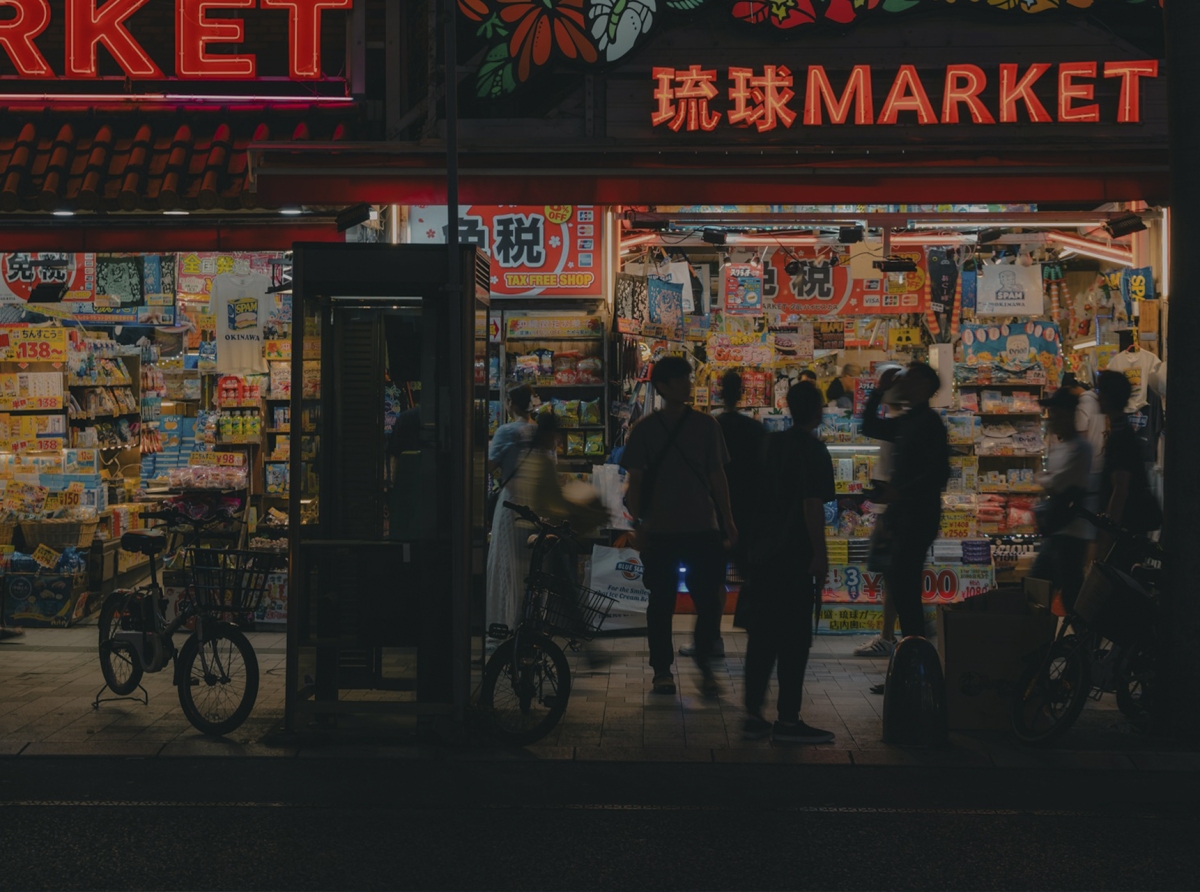
Optimizing White Label MT5 for Emerging Markets: Strategies for Localized Success in 2025
The year 2025 highlights a turning point for white-label Forex solutions. Emerging markets — Africa, Southeast Asia, and parts of Latin America — are experiencing rapid adoption of digital trading.
Yet, brokers entering these regions with generic platforms often struggle.
The real edge lies in localization: adapting MT5 white-label platforms to the cultural, financial, and regulatory specifics of each market.
Yet, brokers entering these regions with generic platforms often struggle.
The real edge lies in localization: adapting MT5 white-label platforms to the cultural, financial, and regulatory specifics of each market.
Why Emerging Markets Are Attractive
Growing middle class: Millions of first-time traders are seeking access to global markets.Smartphone-first economies: Over 70% of retail traders in Africa and Southeast Asia rely primarily on mobile platforms.
Regulatory modernization: Local authorities are slowly embracing clearer rules for FX, making white-label setups more viable.
According to recent FX data (August 2025), the trading volume in Africa grew by 35% year-over-year, and Southeast Asia remains one of the fastest-growing hubs for fintech innovation.
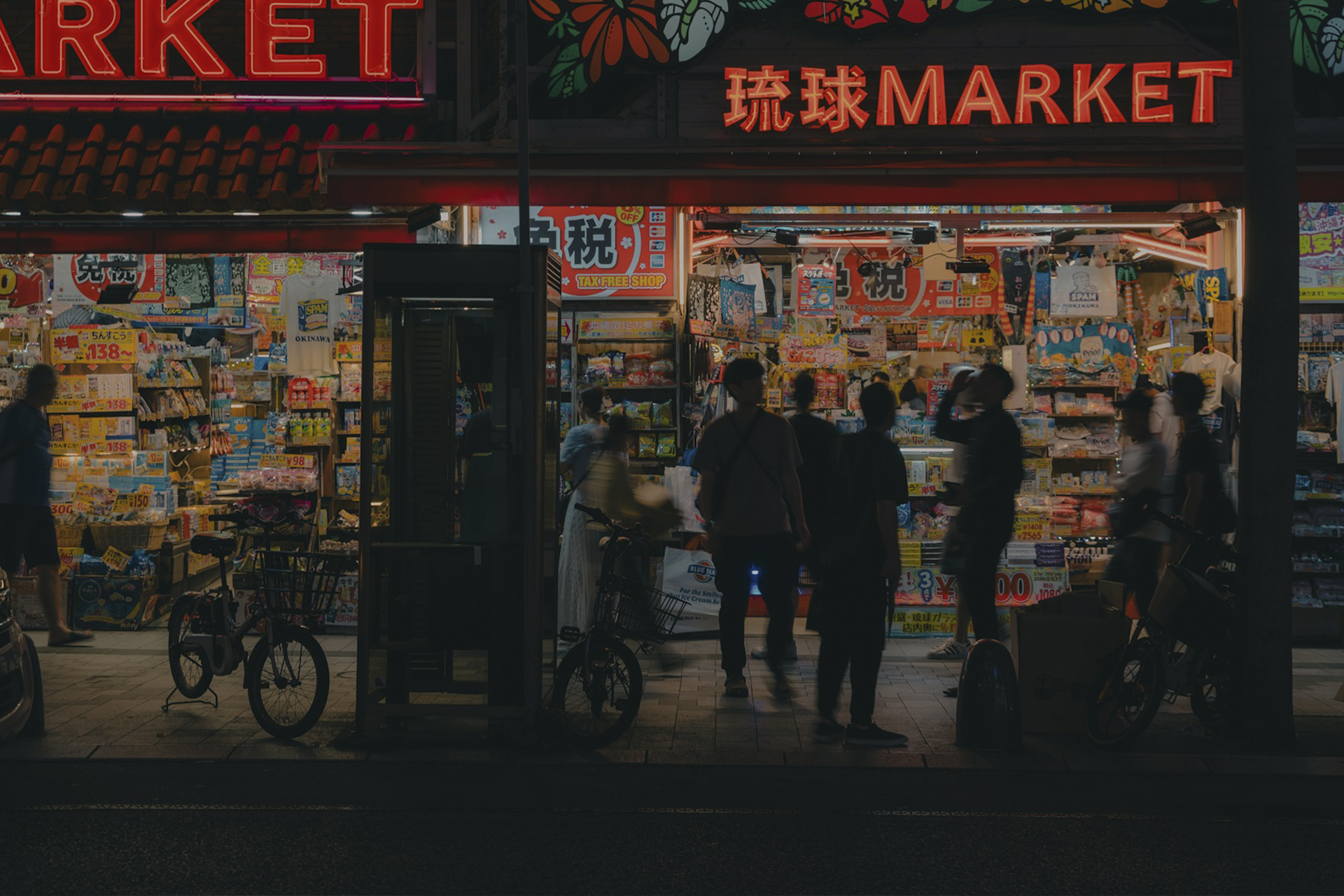
Optimizing White Label MT5 for Emerging Markets: Strategies for Localized Success in 2025
Key Strategies for Localized Success
1. Multi-Currency and Multi-Language SupportPlatforms must include regional currencies like NGN (Nigerian naira), ZAR (South African rand), and THB (Thai baht). Supporting local deposit/withdrawal in native currency reduces friction. Full UI translation into Swahili, Tagalog, or Vietnamese ensures wider adoption.
2. Regional Payment Integrations
In Africa, mobile money services (M-Pesa, Airtel Money) dominate over traditional banking. In Southeast Asia, QR-based payments and e-wallets (GrabPay, GCash, OVO) are standard. White-label MT5 providers who integrate these directly will dramatically increase conversion rates.
3. Mobile-First Optimization
Traders in these markets expect lightweight apps with low data consumption and offline capabilities. Offline price alerts and push notifications are becoming must-have features.
4. Regulatory Alignment
Partner with local regulators or self-regulatory organizations.
Provide negative balance protection to comply with new retail FX rules.
Create educational hubs to reduce the risk of regulatory pushback from uninformed trading.
5. Cultural Tailoring
Localized content matters. For instance:
Southeast Asian traders respond well to community-driven features like leaderboards and copy-trading.
African markets value risk education and transparency — integrating built-in calculators for lot sizes and margin is key.
Practical Example
A white-label broker targeting Kenya integrated M-Pesa payments and Swahili-language support. Within six months, its monthly active users doubled. Similarly, a startup in Vietnam partnered with local influencers to promote MT5 copy-trading, boosting deposits by 40% in 2025.Forecast for 2025–2026
We expect emerging-market white labels to evolve into all-in-one fintech ecosystems:Trading + local payments + education in one app.
AI-driven personalization (risk profiling, trade suggestions).
Expansion into digital assets, including tokenized local bonds or commodities.
By 2026, localized MT5 platforms could represent over 20% of global white-label adoption, with Africa and Southeast Asia as the primary growth engines.
Written by Ethan Blake
Independent researcher, fintech consultant, and market analyst.
August 18, 2025
Join us. Our Telegram: @forexturnkey
All to the point, no ads. A channel that doesn't tire you out, but pumps you up.

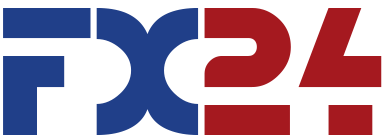

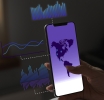




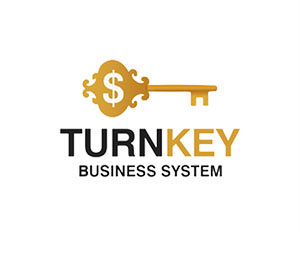
Report
My comments